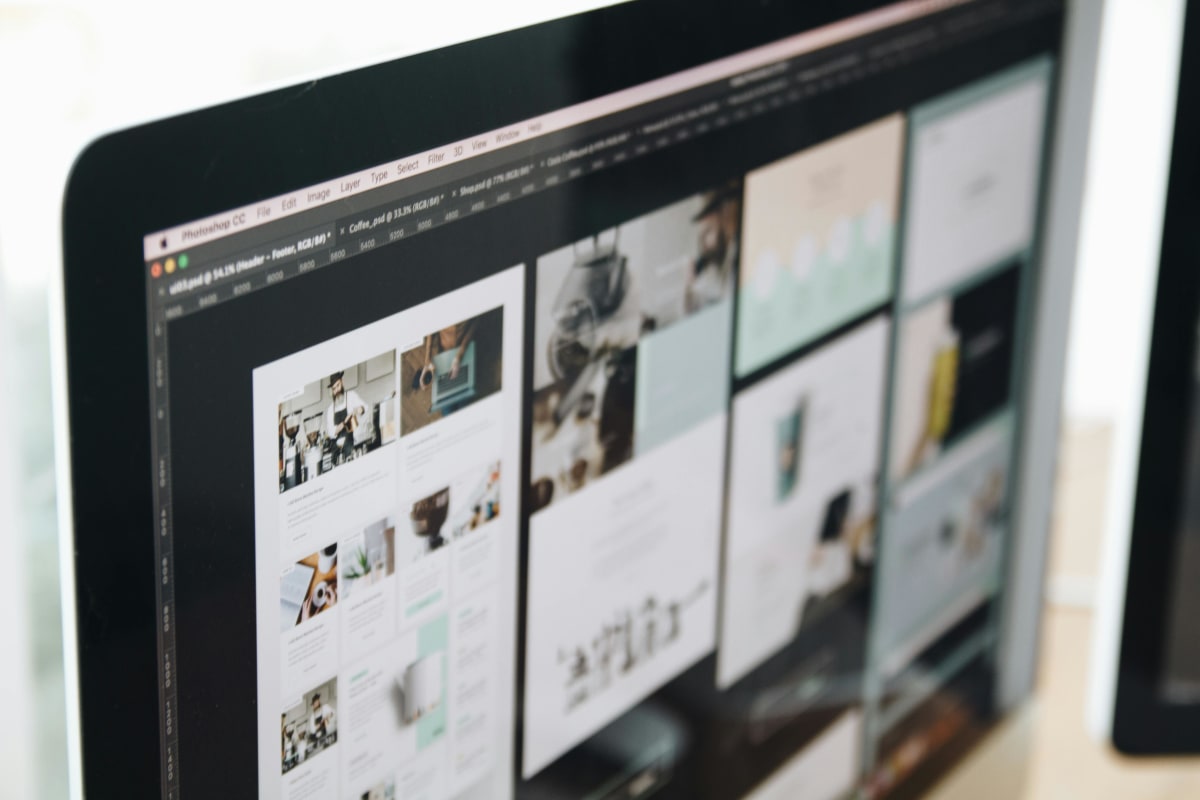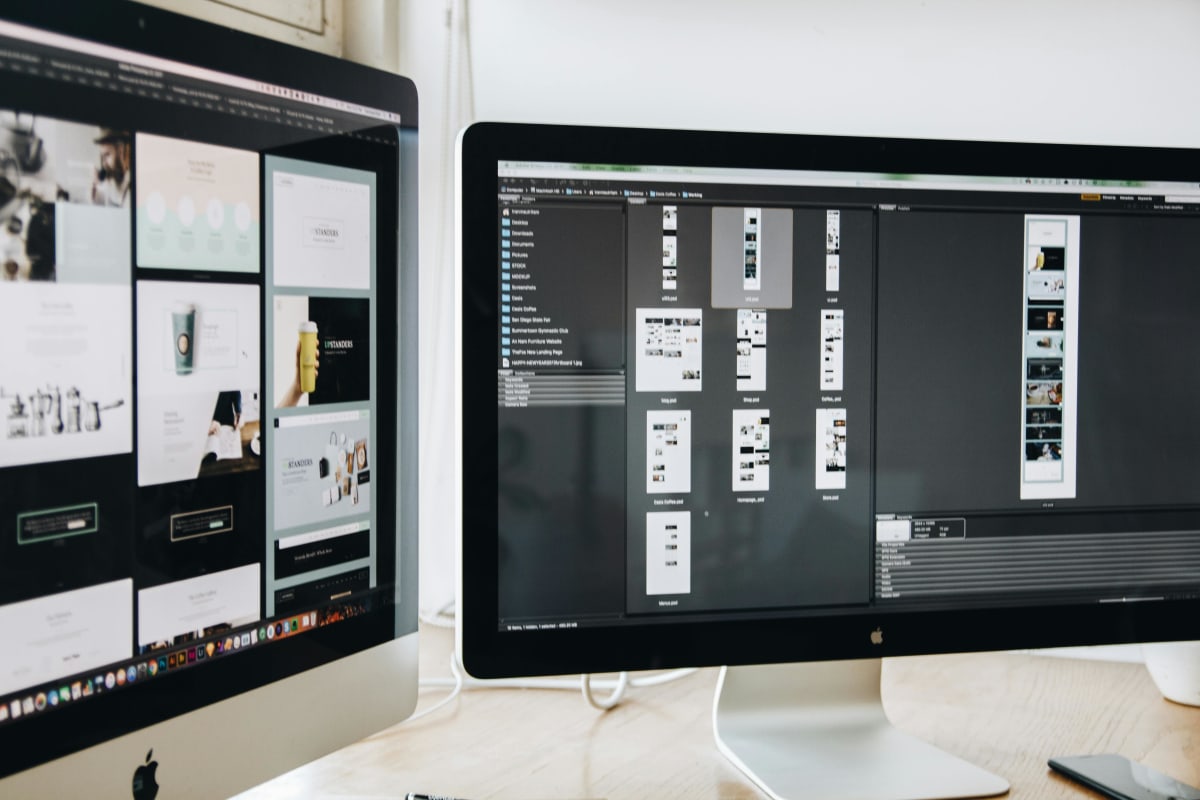Loading...
Learn how modern UI and UX trends in 2025 like AI personalization, AR, and emotional design can improve your website performance, SEO, and user engagement with Nebs IT.
Technology is moving fast, and it is changing how we design user interfaces every day. Today’s designers are in search of new techniques to create user experiences both engaging and intuitive. And keeping that in mind that how to improve people's interaction with digital products.
One of the biggest trends in UI/UX design is personalized interfaces that get to know you and adapt your habits and preferences so fast that everything feels right. It feels like having an app or website that is specifically made for you. That’s an amusing thought, but yes, you will surely feel like that. And using this will make you highly satisfied. Now, before we get into the world of UI/UX trends, let's get to know what UI/UX is.
UI (User Interface) is simply about what something looks like and feels like. It covers the buttons you click on, colors, fonts, layouts, and all the visual items you're touching on a website or app.
UX design (User Experience) is how the product works and how easy or delightful it is to use. It's everything involved in using something, from finding out what you need to do to achieve something without getting angry.
In simpler terms, UI refers to the way the site looks and what you see on the screen. UX refers to the ease and enjoyment of using a website. Let's now have a look at the most noteworthy UI/UX trends that will be the determining factor of the success of your business in 2025.

Dark mode has evolved from a nice-to-have feature to an expectation by most users, particularly those who browse in the evening. Having a seamless UI switch between dark and light modes will enhance the user experience and be a hallmark of a contemporary, user-centric interface design. And something search engines care about as part of the usability of your website. Using dark mode is now a trend in modern UI design. People tend to prefer the dark mode design more.
Micro-interactions are often overlooked. But those tiny animations and feedback cues like button hovers, loading spinners, and notification alerts play a huge role in making a website feel natural. In 2025, these interactions will be more sophisticated. It helps guide users smoothly through tasks and reduces frustration. For instance, a slight bounce animation on an “Add to Cart” button verifies the action. It reassures the user. These positive UX design moments lower bounce rates. It improves site usability, which search engine considers when ranking pages.
At present, AI-powered personalization has become a game-changer. Websites now use AI to analyze individual user behaviors, preferences, and past interactions to serve customer content and product recommendations. This dynamic tailoring enhances user engagement by making visitors feel uniquely valued. For example, an e-commerce site powered by AI might show different product suggestions. Because it completely depends on browsing history or local trends. This both makes the users stay longer and boosts conversion rates. It delivers relevant offers. Personalized experiences are a big factor in SEO.
With the growth of voice assistants like Alexa and Siri, voice UI and multimodal interfaces are necessary now. It allows users to navigate sites via voice commands or combined gestures. These things make your website more approachable and easier to use. It boosts your overall website accessibility, enhancing SEO.
3D web design is no longer confined to gaming or niche websites. The use of 3D elements on websites is becoming increasingly popular. This trend is growing because it offers interactive and immersive experiences. By incorporating 3D models and engaging visual elements, users are provided with a rich and interactive experience, particularly on e-commerce sites. In e-commerce, users can explore products in detail, allowing the 3D models to help them see items from every angle. This results in increased conversion rates and improved user retention. Embracing 3D web design is a significant trend in modern user interfaces.
Since mobile devices account for the majority of web traffic, designing motion UI specifically with mobile users in mind is essential. Smooth transitions, animated gestures, and responsive touch controls create an intuitive browsing flow that feels natural on smaller screens. If a website isn’t mobile responsive, then the customer will be met with a huge disappointment.
A well-tailored mobile motion UI increases mobile user satisfaction, reduces frustration, and keeps visitors coming back.
Neo-brutalist design combines minimalism with bold aesthetics. It enhances readability and user focus, helping users find information quickly. Better engagement and longer visits contribute positively to SEO performance.
An inclusive site is a successful site. Accessibility-first design features keyboard navigation, screen reader support, and proper color contrast. Those widen your audience and meet ADA compliance. It also enhances your site’s SEO visibility.
AR isn’t futuristic anymore – it's here. Websites now let users preview products in real-world settings, increasing purchase confidence and decreasing returns. AR can drastically improve conversion rates and leverage session duration. An example would be IKEA uses AR to demonstrate their products in customers’ households.
Users care about their living world. Sustainable UI/UX uses optimized media, clean code, and respects privacy. Ethical UX avoids dark patterns and creates trust, leading to better brand loyalty and long-term SEO growth.
AI-powered tools such as Figma AI are changing how we design. Generative design allows fast prototyping, smart layouts, and personalized visuals, enhancing content relevance and enabling rapid UX testing.
Design now needs to adapt to foldable smartwatches and large displays. Hyper-responsive layouts ensure seamless experiences on every device, reducing friction and maintaining user retention, a key SEO factor.

No more guessing. Tools like Google Analytics, Hotjar, and Microsoft Clarity help brands track heatmaps, user flows, and click behavior. These insights lead to more efficient designs that enhance UX metrics and SEO results.
In 2025, UI/UX design will be about making users feel. Emotional design uses tone, visuals, and storytelling to create deeper connections. Brands that trigger emotion create loyal users and gain stronger engagement signals. It also benefits search rankings. Adding emotional design can improve user loyalty. People will visit the website more.
Users want speed and security. Password less login using biometrics or email links simplifies access, reduces friction, and keeps user data safe. It enhances user trust and streamlines mobile UX, impacting conversion rate optimization (CRO).
Websites are no longer just brochures – they are interactive, personalized, and designed only for human usage. Your UI/UX design strategy is effective in everything from SEO performance, Google rankings, and page speed to user retention, lead generation, and customer trust building.
These fifteen trends show that the future is not just about looking good; it is about being useful, inclusive, and strategic. At Nebs-IT, we don’t just build websites, we create digital experiences that convert, retain, and grow. Let’s shape the future of your brand with our next-gen UI/UX designs.
Reach out to Nebs-IT to give your website a 2025 edge.
Got a lot of questions in your mind? Don’t worry, I have got you covered.
Question 1: How do UI and UX differ from each other?
Answer 1: Basically, UI is how your website looks (buttons, layout, colors), and UX is how your website works (usability, satisfaction, and experience)
Question 2: How do micro-interactions help users?
Answer 2: Micro interactions, such as animated buttons, guide users gently, explain things, and confirm actions.
Question 3: How does emotional design help websites?
Answer 3: It creates more powerful connections with imagery and tone, generating more engagement, loyalty, and SEO signals
Question 4: What is AI-driven personalization?
Answer 4: It uses AI to show content based on what you like and do.